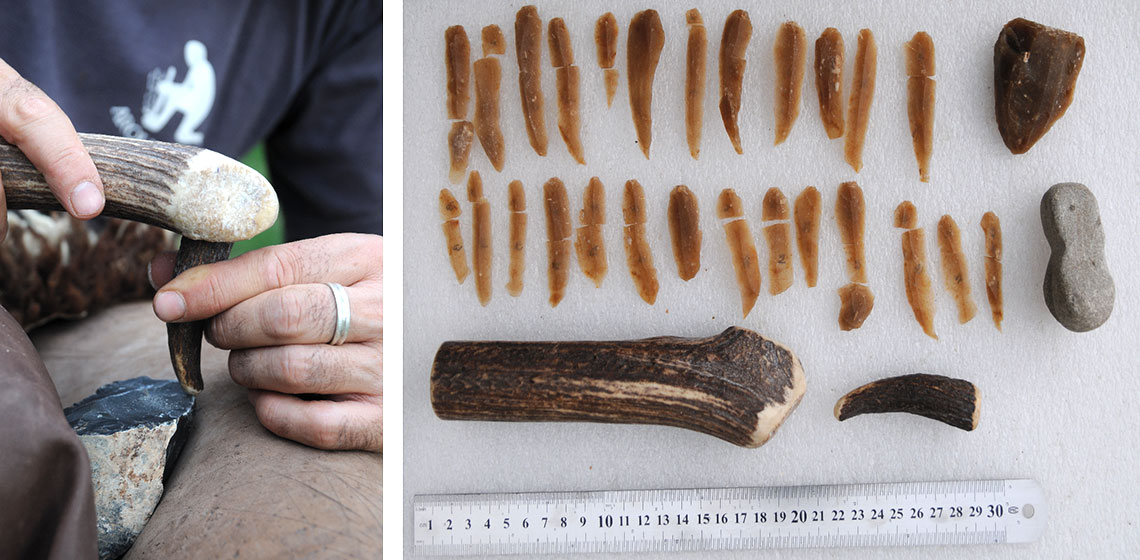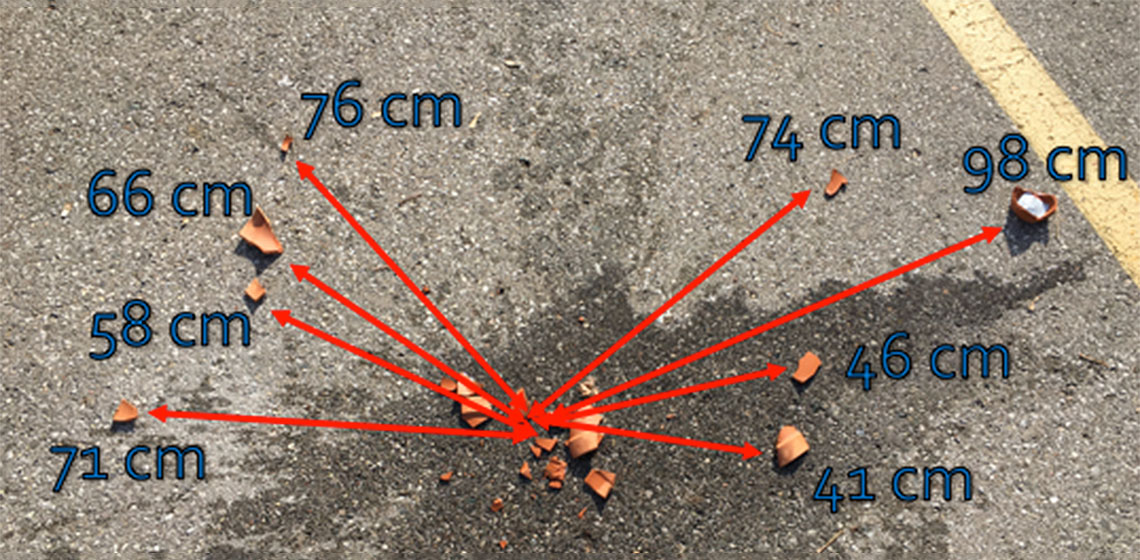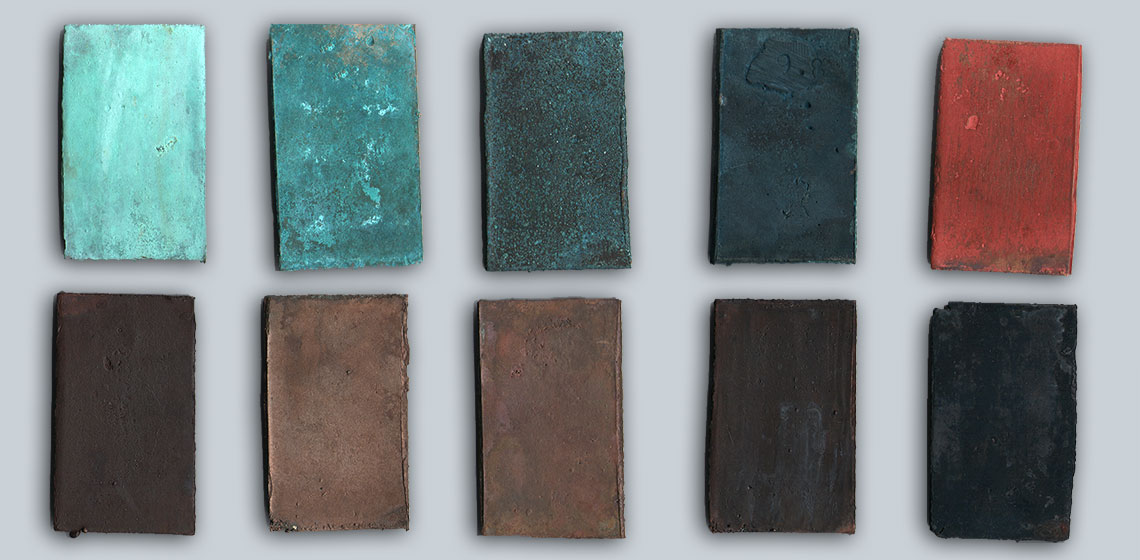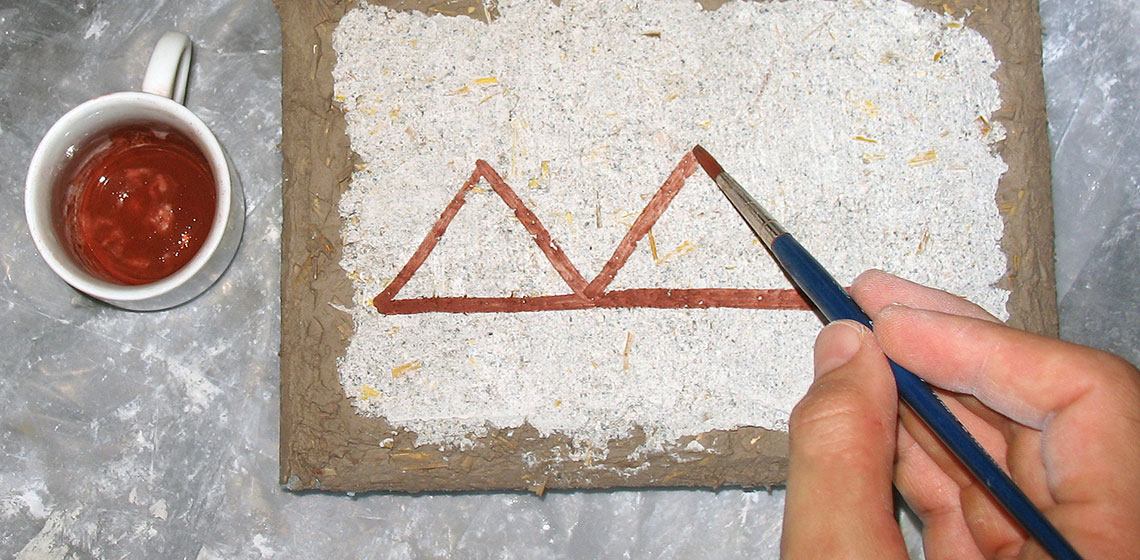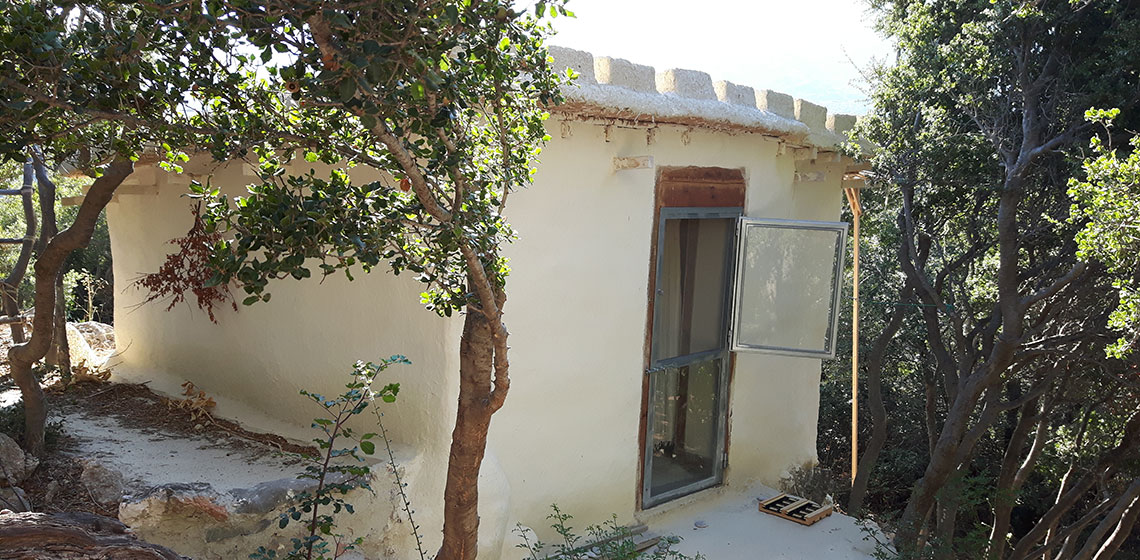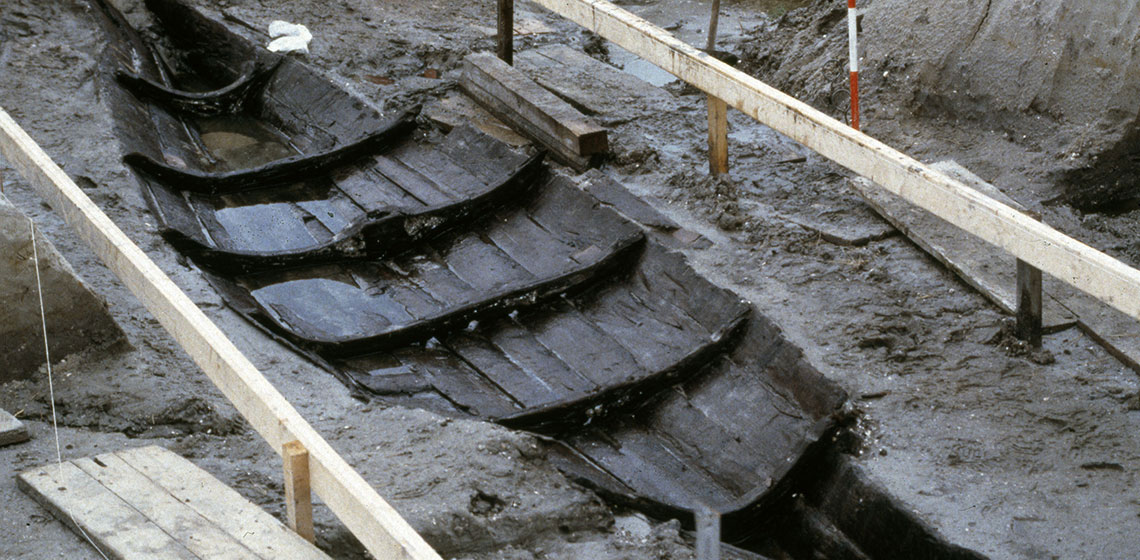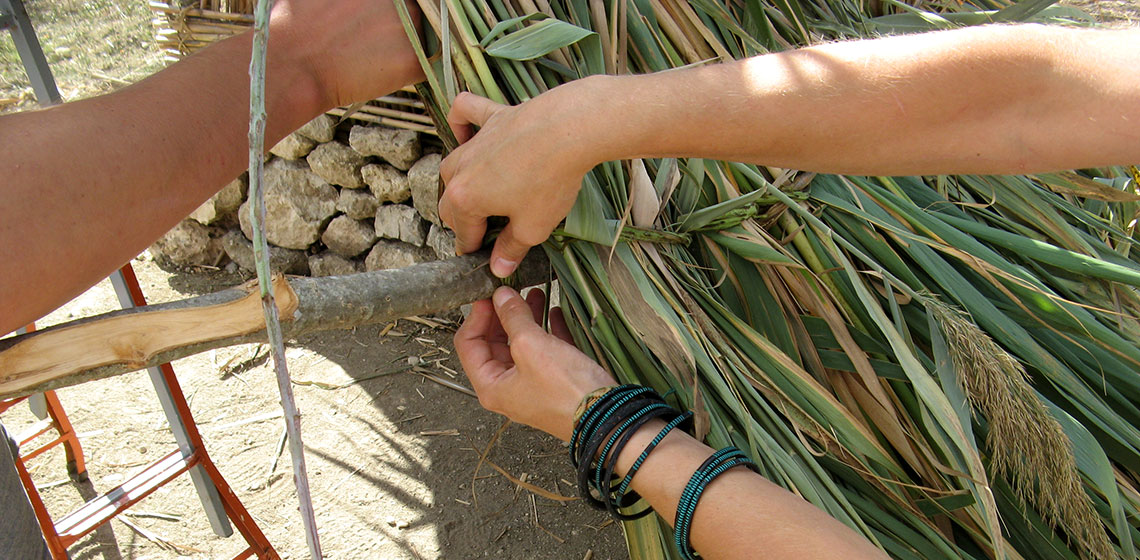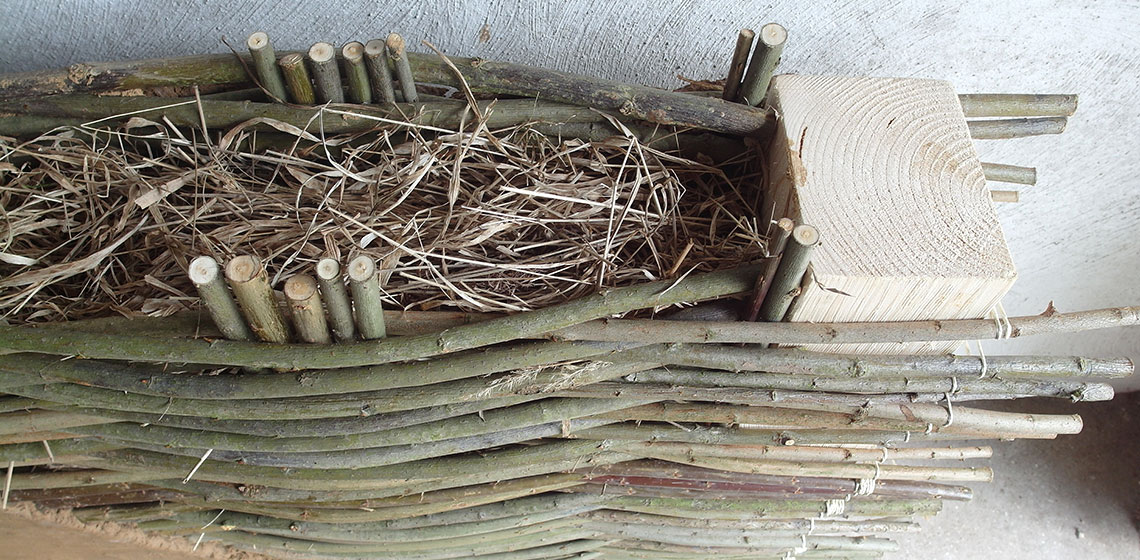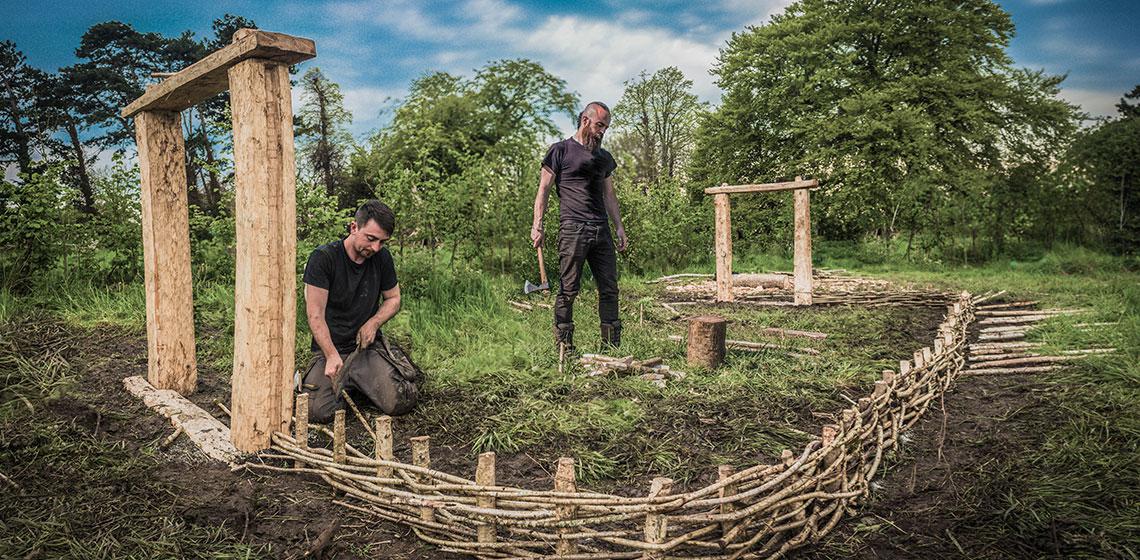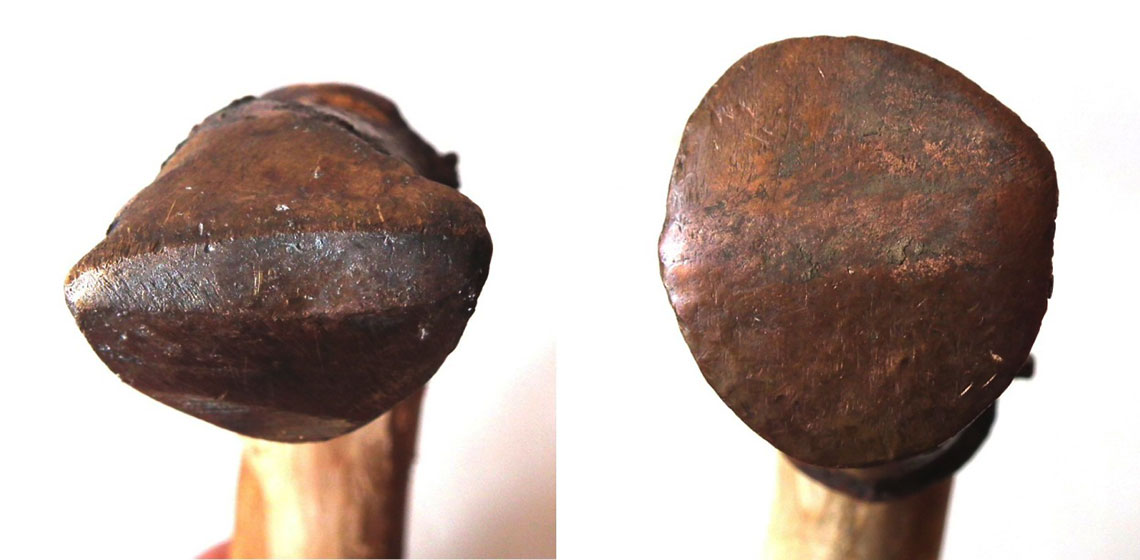Experimental Archaeology
Sherd Shatter Patterns Experiment
The Colour Palette of Antique Bronzes: An Experimental Archaeology Project
Painting Bronze Age Plaster from Thebes Boeotia
The premise
The author is currently studying for a PhD in experimental archaeology at the University of the Aegean. The focus of the research involves the recreation of a 4th Century B.C. wall painting (Tomb of Persephone, Vergina) using the same pigments and painting method that was used by the ancient painter. In this project, we sought to identify the painting technique used, and wanted to demonstrate the way in which the wall was painted. The technique that was used in the tomb is a variation of the fresco technique, which is why we examined similar methods.
A Minoan Experimental House – Paying Tribute to Middle Bronze Age Cretan Vernacular Architecture
Prototypes, situation, general description
Especially impressive are the often massive ruins of dwelling foundations referred to as 'oncolithic' in my typology (for details see Beckmann 2012a).These foundations neutralize the often steep slope incline they are built upon, so that the original houses would have stood in a horizontal position. The settlement pattern and surface findings indicate that these installations were vernacular in character and probably housed mixed agricultural farms (ibid.).
The Gislinge Boat Open Source Project: An Old Boat and a New Idea
Hut 1 of Tornambé, Pietraperzia: an Experimental Project for Prehistoric Sicily Studies
Introduction and goals
The goal of this project, started in 2012, was to reconstruct a Bronze Age hut using techniques, methods, and raw materials consistent with the knowledge acquired during the excavation of Tornambè site (Pietraperzia, Enna), and from other known Sicilian and Southern Italian archaeological contexts.
An Energy Saving House from 3400 Years Ago
UCD Centre for Experimental Archaeology and Material Culture (IE)
The Centre for Experimental Archaeology and Material Culture (CEAMC) at University College Dublin, Ireland, established since 2012, is one of the only specifically designed and dedicated, on-campus university facilities in the world for experimental archaeology and material culture studies. It supports research projects, innovative teaching, and public outreach activities, so as to enable the creation of a better understanding of the nature and role of crafts, technologies and materiality in people’s lives in the past.

